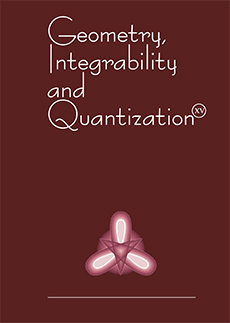Abstract
Living human fibroblasts were attached on fibronectin coated surfaces and stained with FITC labeled anti-
Information
Digital Object Identifier: 10.7546/giq-7-2006-320-336
Living human fibroblasts were attached on fibronectin coated surfaces and stained with FITC labeled anti-
Digital Object Identifier: 10.7546/giq-7-2006-320-336
